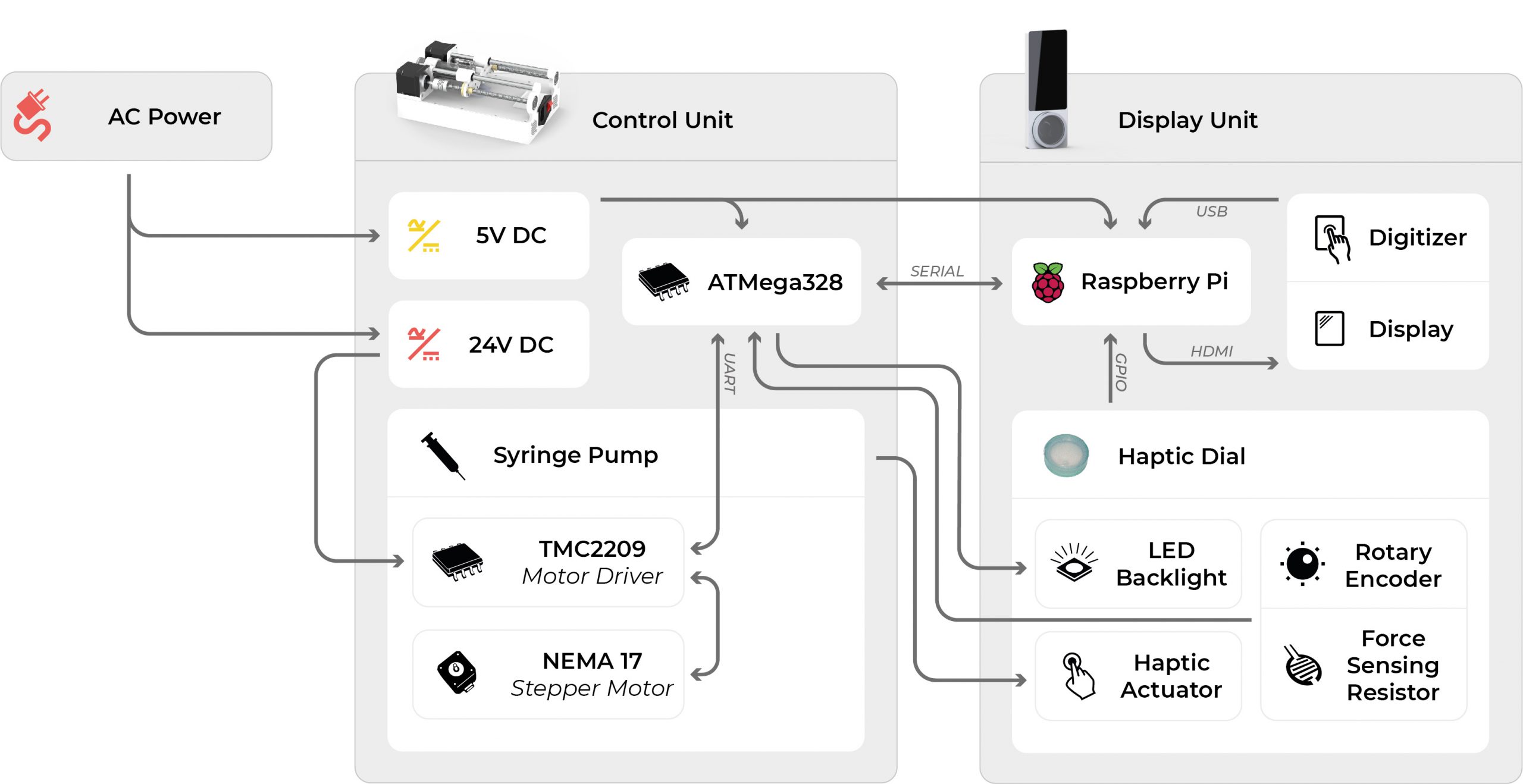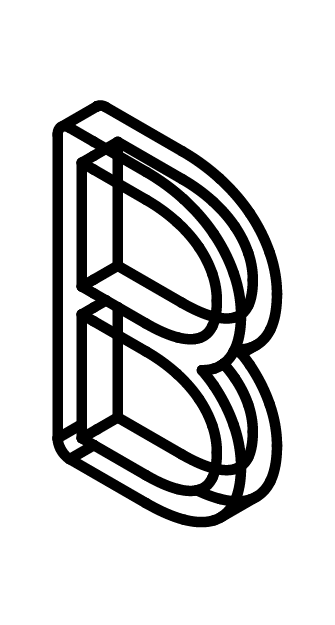Effective interfaces often are the result of powerful metaphors. Providing familiar points of reference in an unfamiliar context renders it more relatable and easier to navigate.
METAPHORIC INTERFACES
A case study for the digitally enabled luxury kitchen

INFO
2019
Year
TU Delft
Institution
Master Thesis
Type
Gaggenau
Partner
Ianus Keller,
Rick Schifferstein,
Piotr Szpryngwald
Supervisors
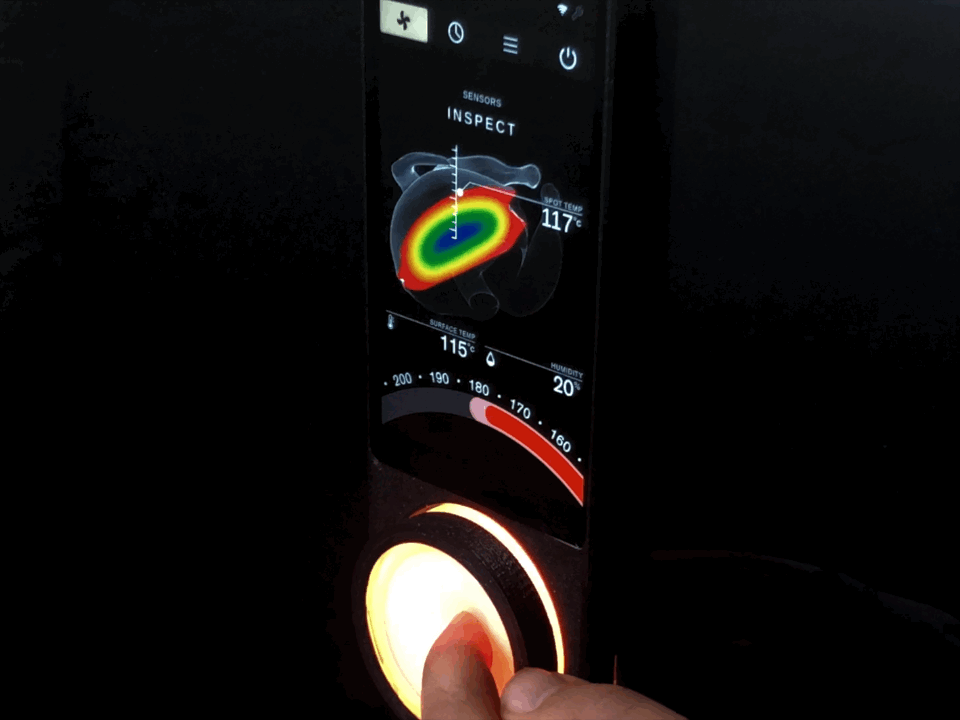
SUMMARY
This project aimed to create an advanced user interface that contextualizes digital technology and its benefits without compromising on user autonomy and aesthetic quality.
The outcome was a multimodal dial that physically adapts digital information to its context of use. Complex data sets (e.g., heat distribution data of a core temperature sensor) can thus be experienced spatially and are rendered contextually meaningful to the senses.
EXPRESSIVE DATA
information rendered meaningful through tangible and physical expressions of data
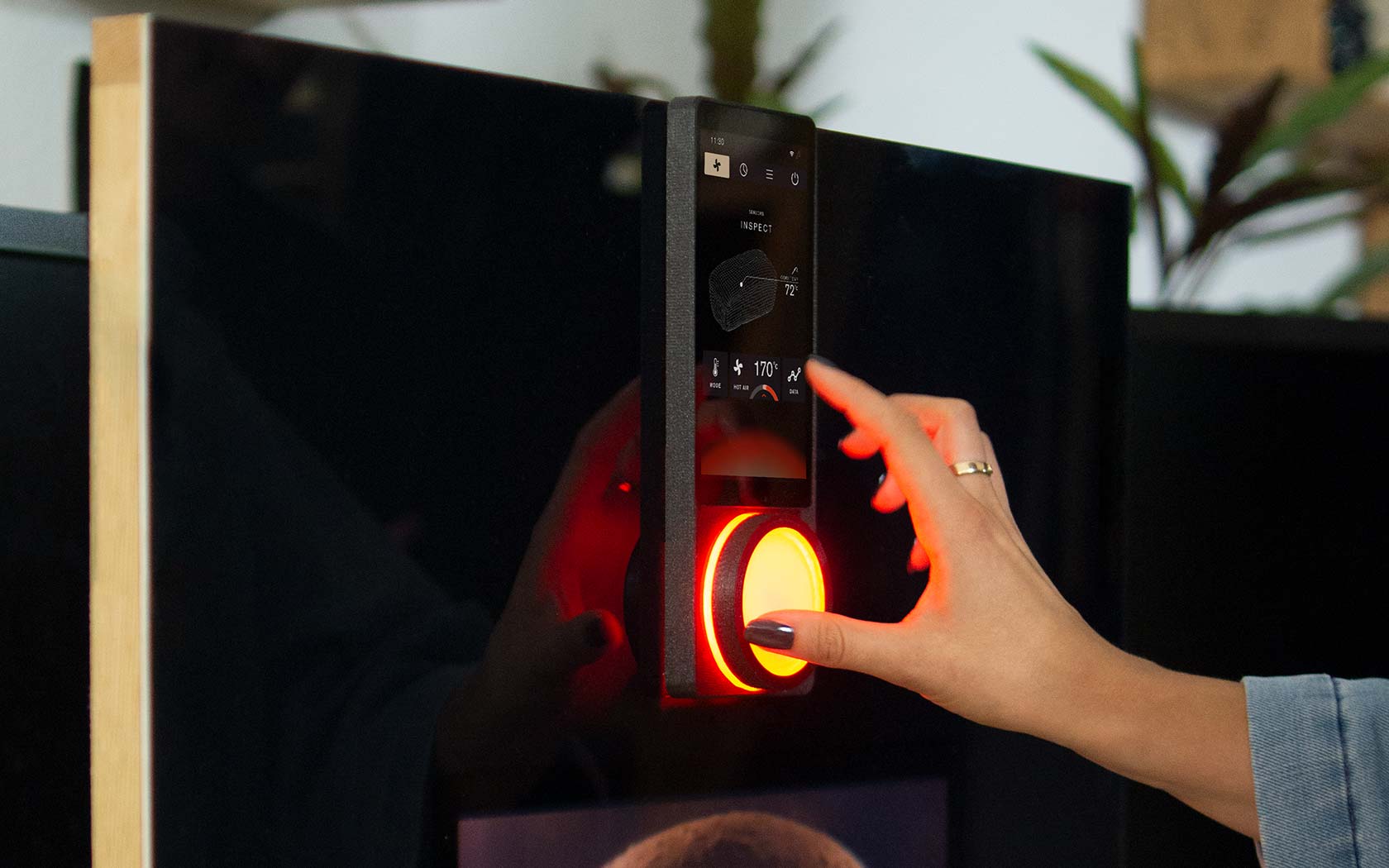
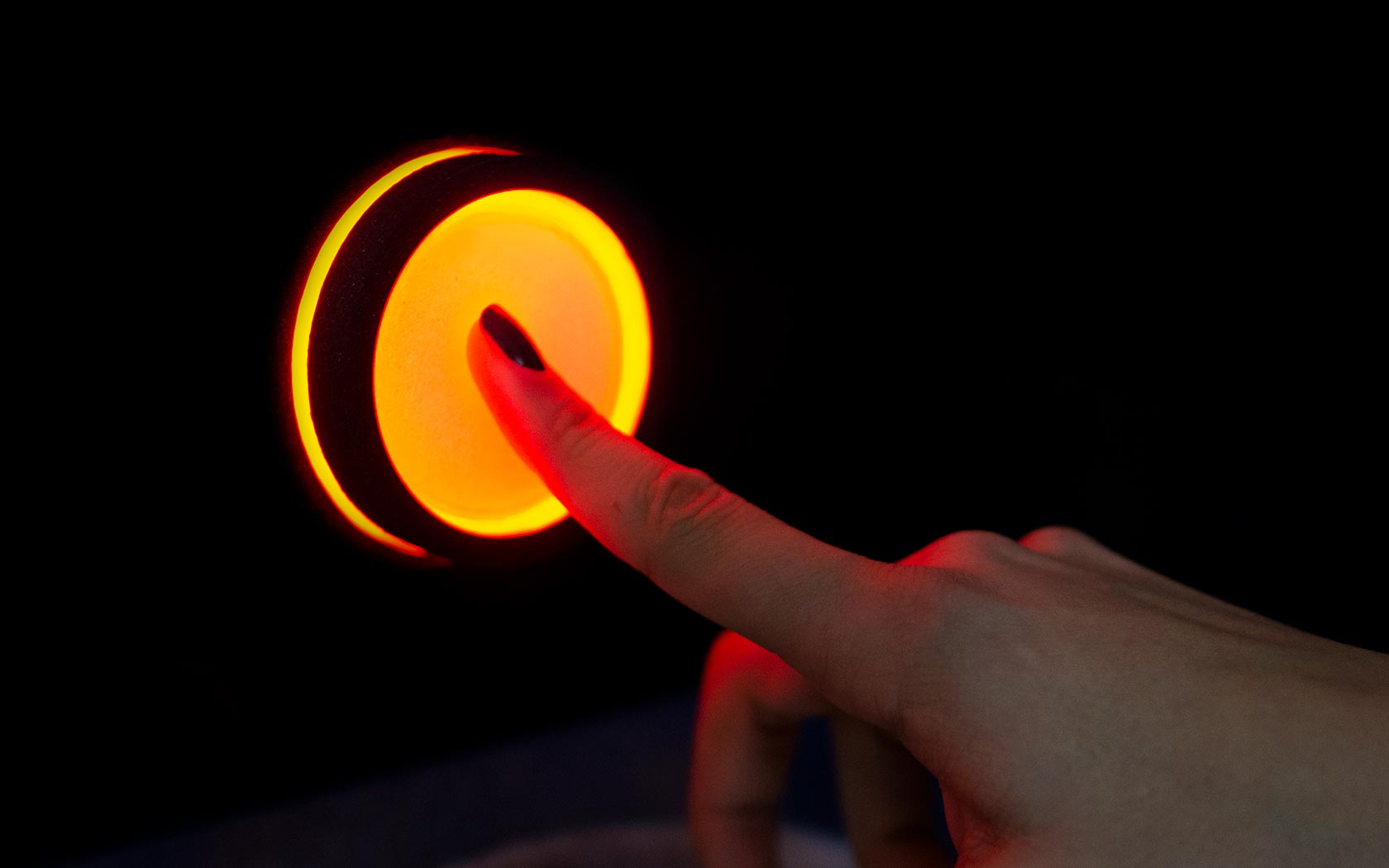
CROSS-MODAL METAPHORS
create new sensory immersion levels that help users target relevant information
MOTIVATION
We are used to interfaces that are often both universal and literal in their representation of information. To be perceived as pleasant to use despite this, they tend to obscure the salience of individual choices. They do so, for example, by intelligently curating the scope of possibilities provided to users. Such strategies are a good and viable way to prevent decision fatigue. However, they cease to be effective in situations where the desired outcome includes preserving individual agency and the creation of a strong personal rapport with the context.
I chose the kitchen context to exemplify these challenges. I reached out to Gaggenau to gain their support for my investigation into alternative interface paradigms, as the outcome may align with their own innovation goals.
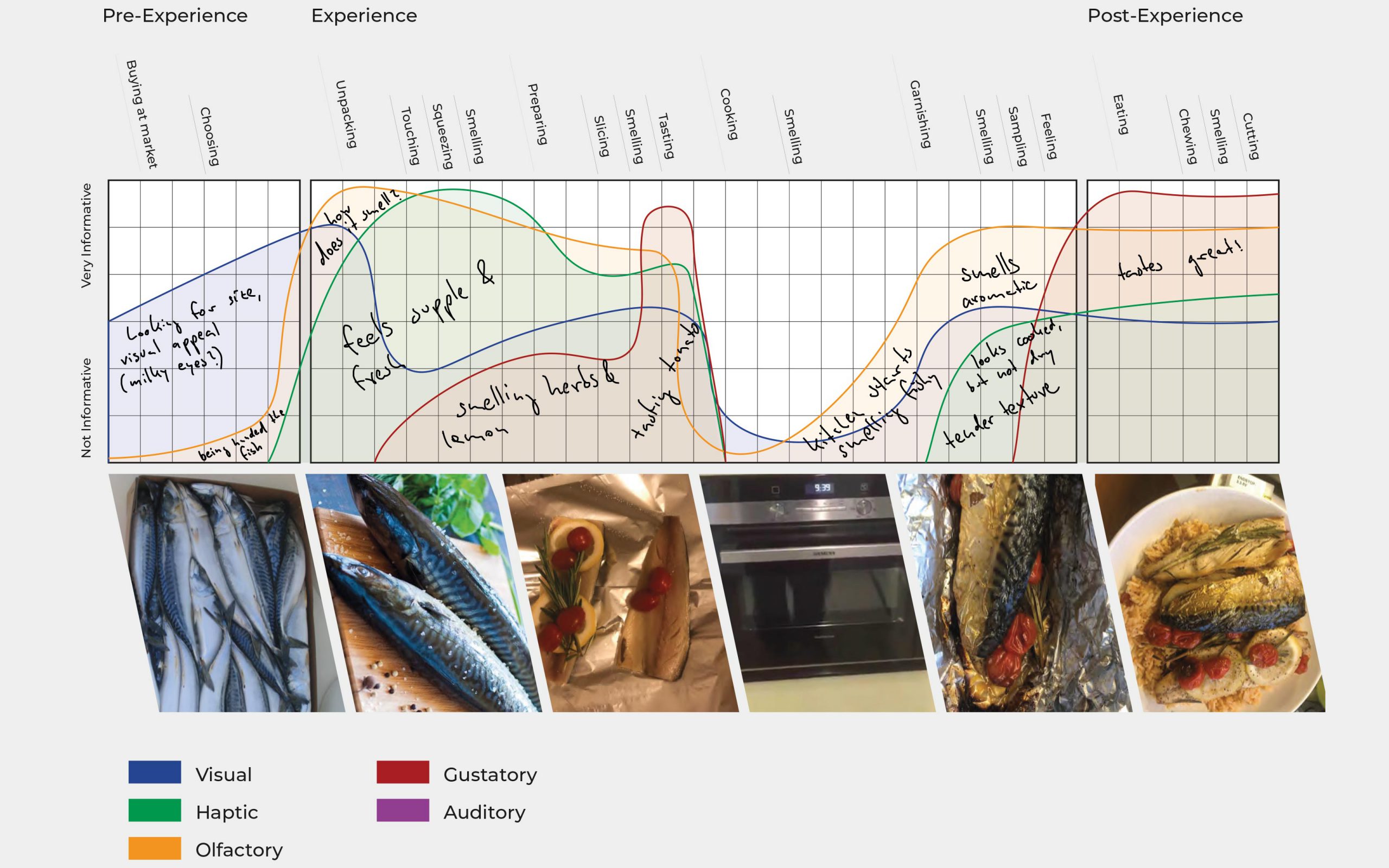

SENSORY BLACK BOXES
cause information relevant to the process to move beyond sensory reach
CONTEXT
The kitchen space offers ample opportunity to create interface metaphors using sensory stimuli. Through user studies, I identified a relevant scenario to design such sensory metaphors for – situations that can be described as sensory “black boxes.” These arise whenever appliances (ovens, microwaves, fridges, etc.) get in the way of information being available to the senses. Careless integration of technological innovation can compound the difficulties inherent to these encounters: Technology meant to simplify users’ lives but experienced through context agnostic interfaces further deepens the sense of overwhelm and intimidation.
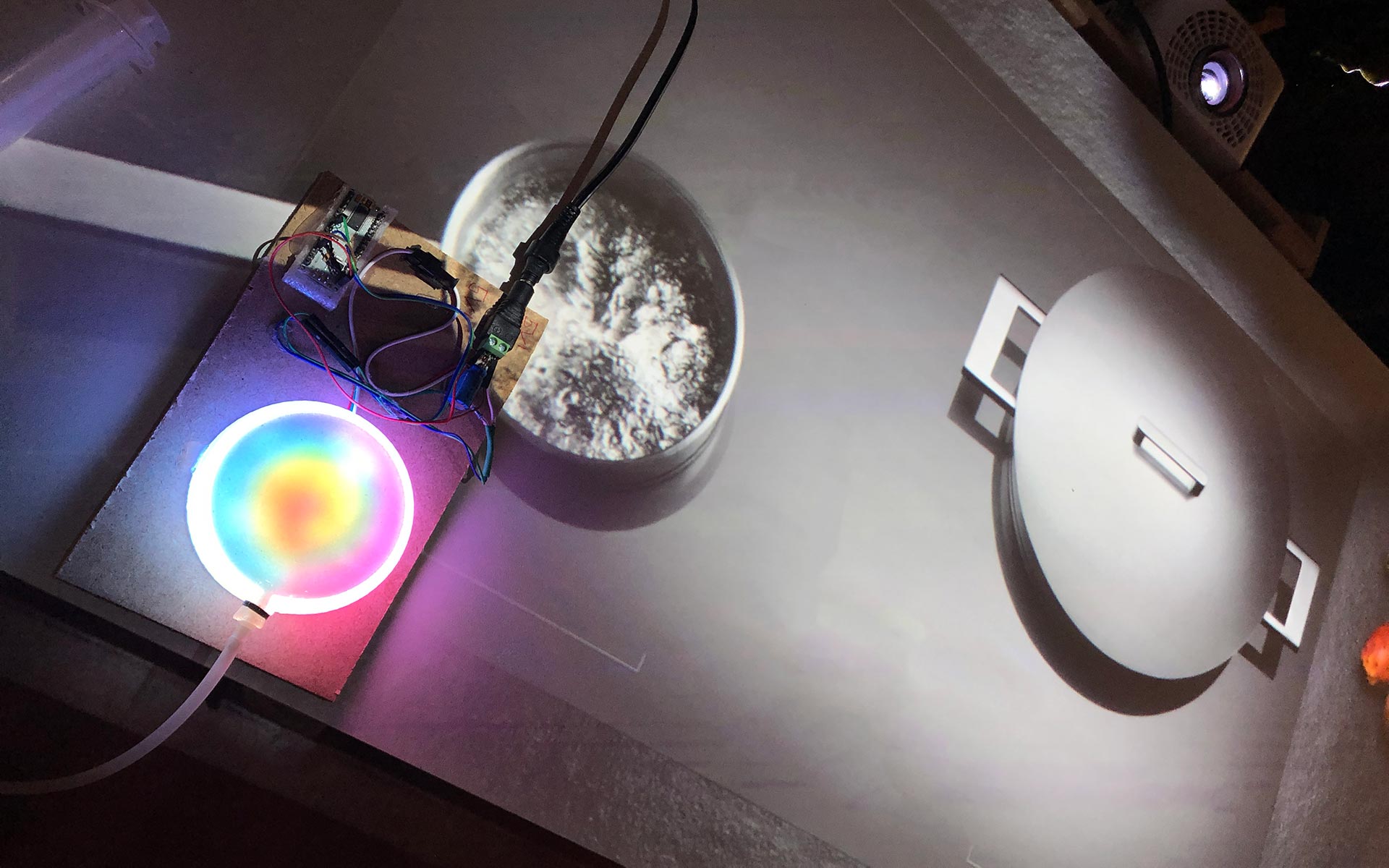
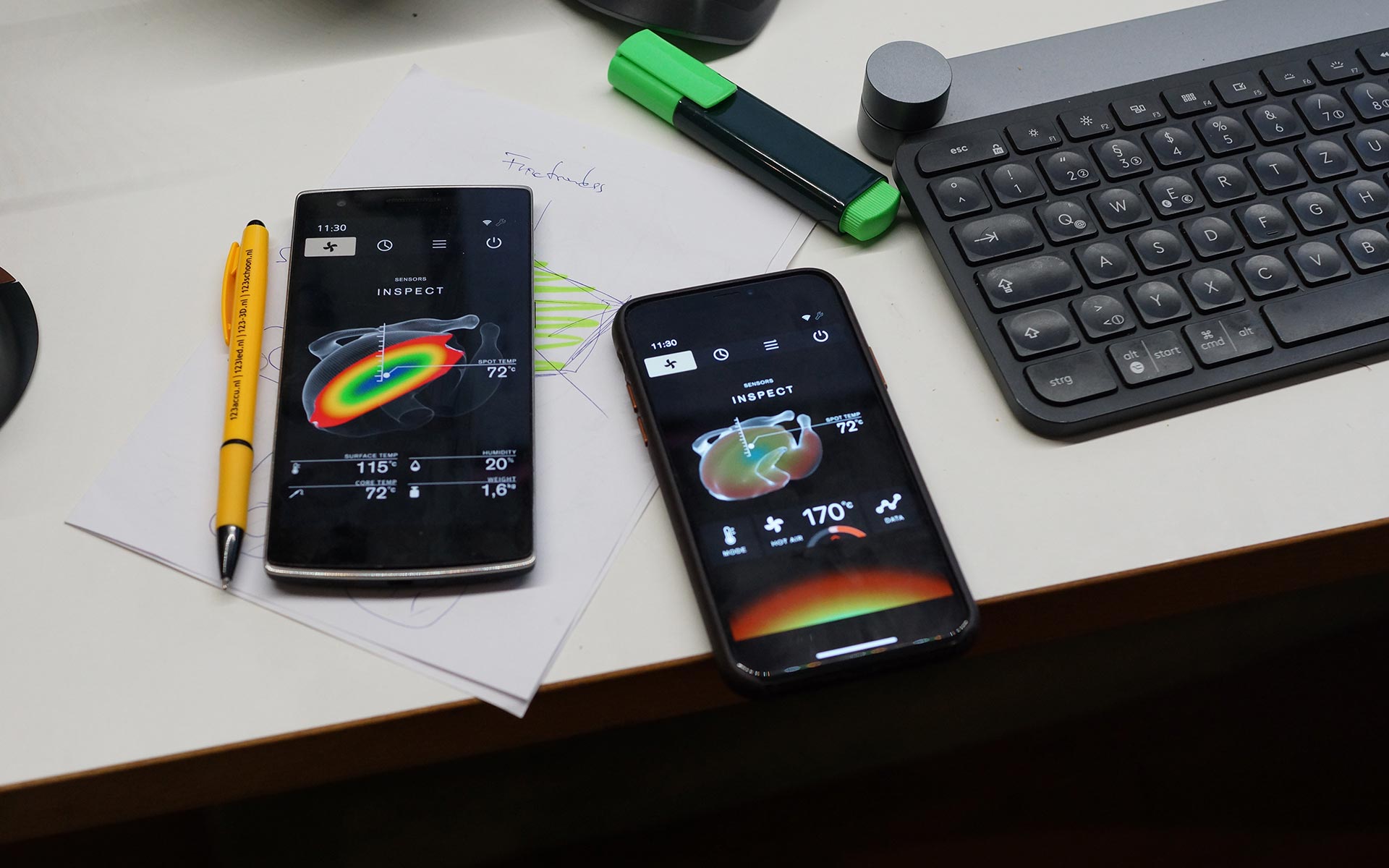
OUTCOME
Building on interaction modalities and knowledge generated during my prior exploration of multisensory devices, I created a multimodal dial that leverages particle jamming and light diffusion to produce haptic, spatial, and visual cues. The dial can modulate its stiffness, volume, texture, and color – allowing it to embody data in a contextually relevant form. Its haptic properties, for example, enable users to feel changes in baked goods as though they were directly experiencing them. Advanced information, such as data recorded by a multi-point temperature probe, can be explored spatially: Pressure sensors allow the dial to track and visually respond to the depth of a finger in the actuator, adding a third spatial dimension to the interface.
Including the multimodal dial in an oven’s control unit maintains well-established paradigms (e.g., the significance of a physical dial for function selection and temperature control) while allowing for the use of additional senses to expand on the interaction in a contextually meaningful way.
DYNAMIC EXPLORATION
of advanced information enabled by sensorily expanding on existing interactions
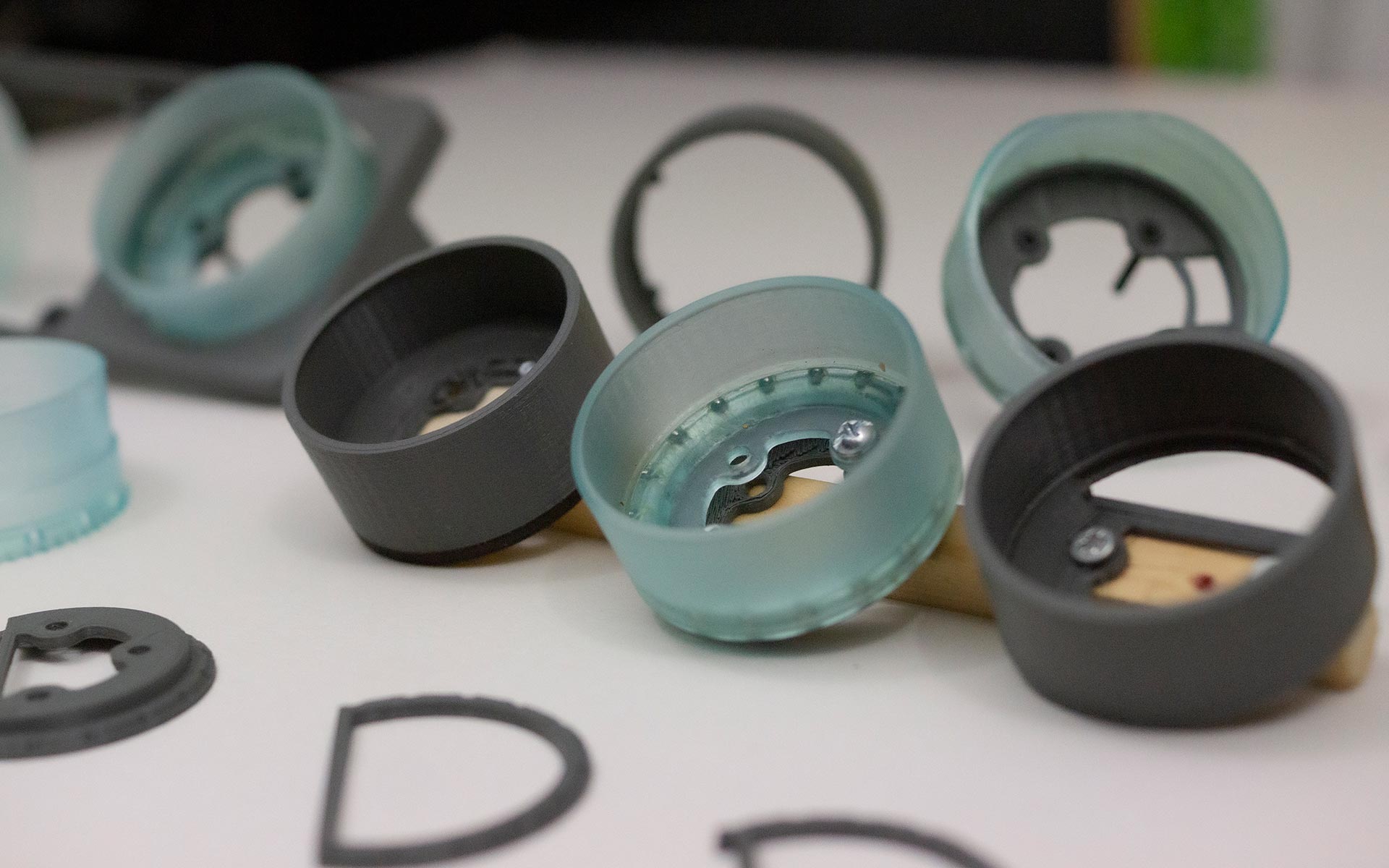
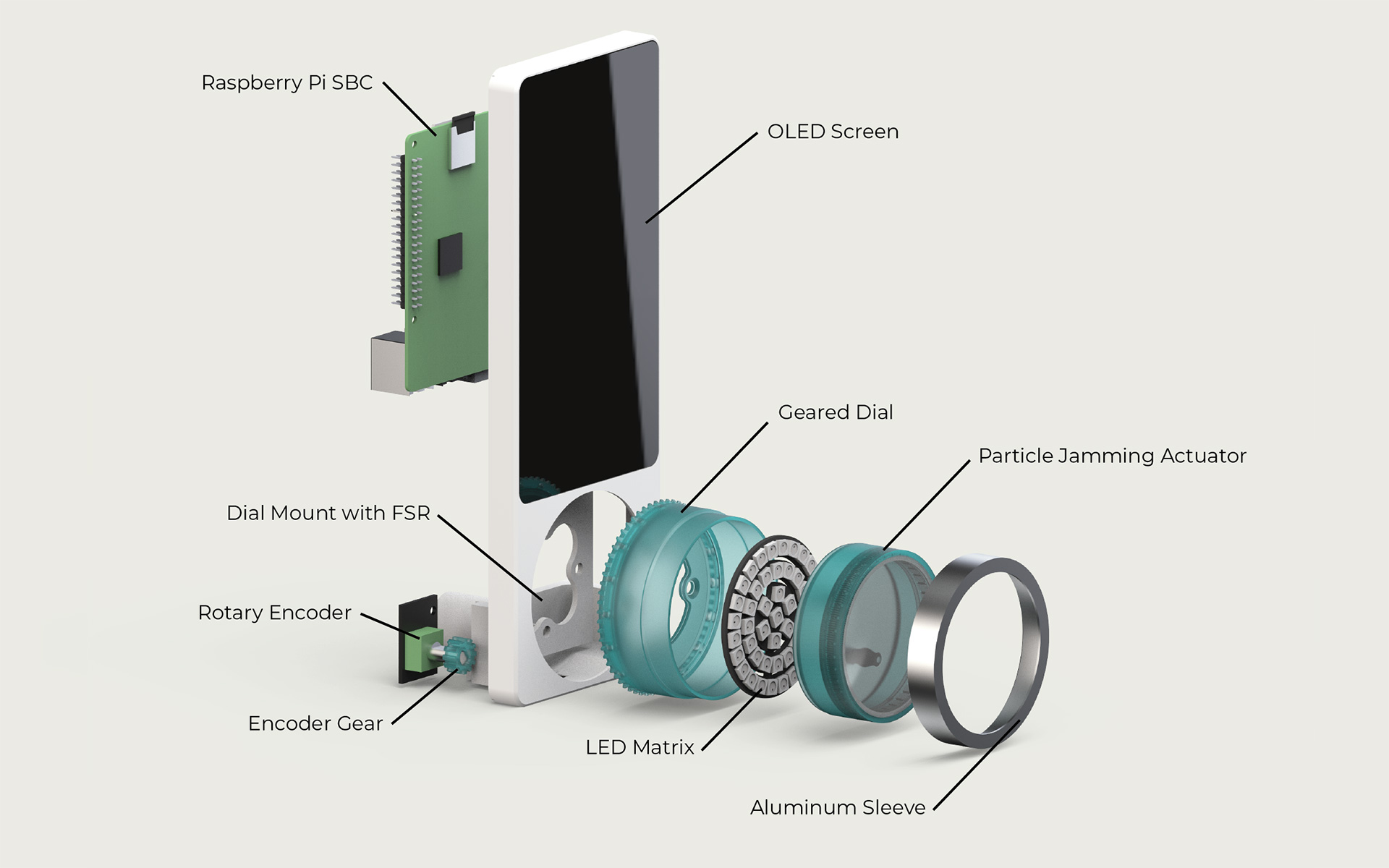
CONCLUSIONS
The multimodal dial creates new layers of sensory depth to guide users toward helpful and relevant information. It does so without compromising on the quality of the experience or the user’s ability to make decisions autonomously.
This way of dynamically exploring digital information in multiple physical dimensions affords curious users a rewarding and reassuring way of trying new things. In all other circumstances, the dial stays out of the way and behaves like an ordinary dial: It provides familiar controls over basic features (e.g., temperature, time). It keeps advanced information out of sight – until curiosity drives us to explore what lies beyond the surface.
The full thesis report is available in the TU Delft Repository.
ENABLING USERS
to let their sensory intuition support their ambitions
